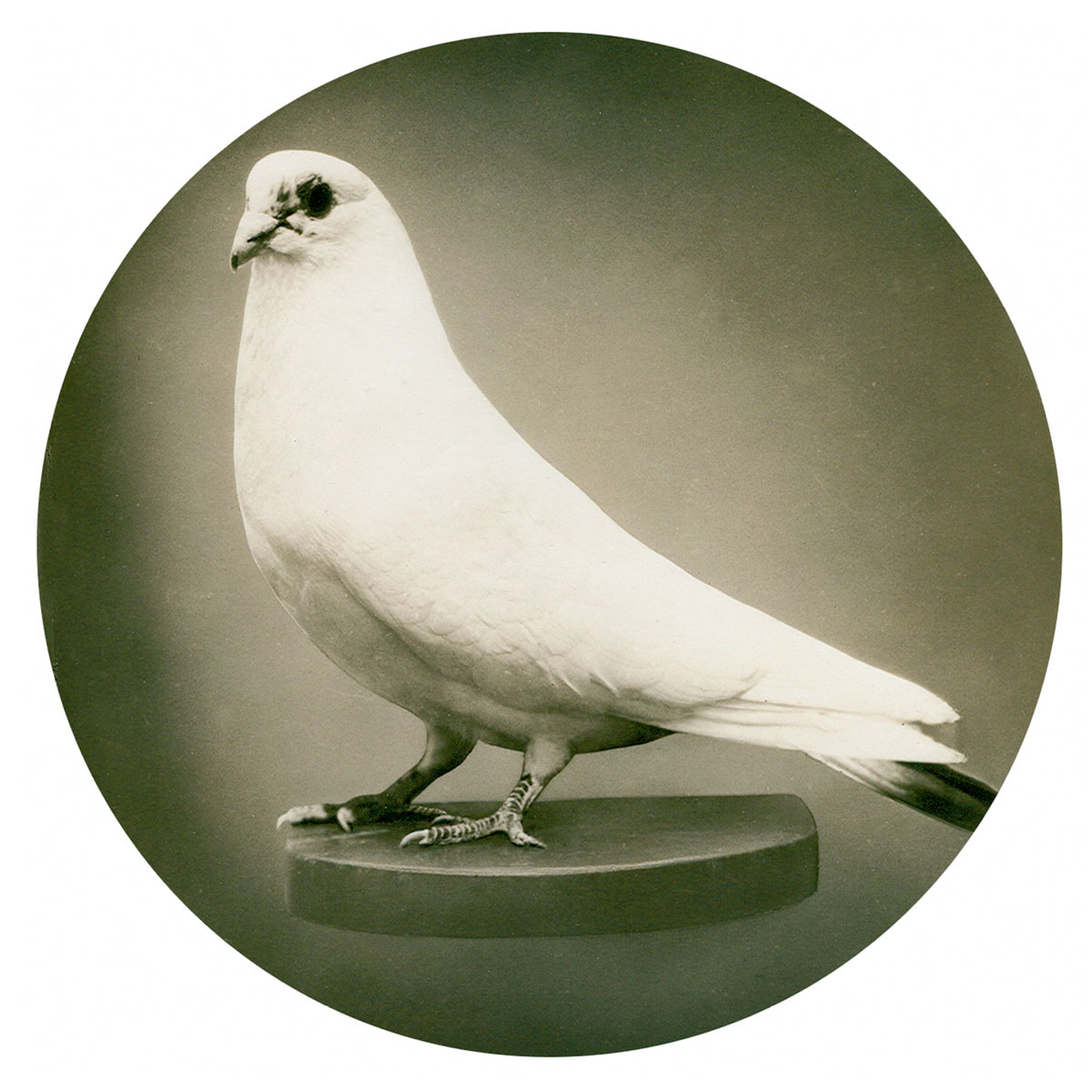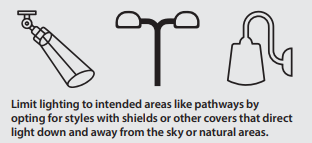One way I try to include nature appreciation in my every day routine is by spending time reading a good book on my balcony. While doing so, I recently befriended a pigeon who visits for the seeds that messier birds drop from the bird feeder. Apparently, I am a calm enough presence that Herbie (yes, he has a name ) has decided I'm not a threat. He likes to chill out on the balcony less than a foot away from me, just soaking in the sunshine. The way he acts around me made me wonder what I might learn from him, and if there's any chance he'd nest on the balcony, meaning I'd have something like a pet. My apartment obviously doesn't allow pets because the world is cruel and unfair.
 |
| Baby Pigeons and those used for food are called 'squab' which, you know... isn't creepy at all. |
Pigeons are very sociable. Not only can they recognize themselves in a mirror, they recognize humans by their faces as well. Pigeons, like many other birds, mate for life and are great co-parents, taking turns caring for the eggs and chicks. They take their relationships very seriously. Unlike some birds, they will often find another love if their partner dies before they do. Good for them. Nikola Tesla, the famous engineer, physicist and germophobe, used to take injured pigeons home with him to help them recover. One pigeon who visited him frequently formed such an intense bond with him that he referred to her as his wife.
 |
| Image often used to depict Tesla's wife |
I get a bit caught up in the fun facts, but the most important thing I've learned from Pigeons has to do with their nesting habits. Many birds are known for making beautifully intricate nests. Not pigeons. Some pigeon nests are comprised of only a handful of sticks tossed into a circle on the floor. It's easy to take a look at what a pigeon considers a finished nest and feel better about the mediocre results of our own efforts. But there is, as always, more to it than this.
 |  |
Weavers are known for intricate nests. Hummingbirds for tiny nests. |
 |
| Pigeons are known for their lazy nests. |
 |
| Pigeons are lovably bad at building nests. |
Here comes the second layer. Pigeons literally build a second layer of nest on top of the first. They have such a strong sense of home that they tend to use the same sight for nesting again and again. Before each new set of eggs is laid, the parents build up a fresh layer of twigs to keep their new hatchlings clean and safe. After a pigeon family has added to their nest a few times, it can become quite impressive.
 |
| The pigeon nest can have a minimalistic beauty. |
Pigeons make their first attempt, and it's very rough around the edges, but it gets the job done. They make their second attempt, and things are starting to come together, but the seams are very much still visible. They don't care. It gets the job done. So they just keep working at it and working at it, building one nest on top of the other until they've created something to look up to. Literally. Pigeon nests can grow to be around 8 inches tall.
 |
| If you keep working, you'll make something you can be proud of. |
So take a note from the pigeon. Whatever that thing is that you want to be doing. Just do it. Keep doing it. It really doesn't matter if your first attempt looks like a random pile of sticks. You still did the thing. The only way to get good at something is to be bad at it first. Continue to practice and you'll have built something to be proud of before you know it.
I believe in you, and Herbie does too. |
| Herbie says 'byeeee' |
For random fun facts about Pigeons.
National Audubon Society on why we sometimes think of pigeons in such a negative way











